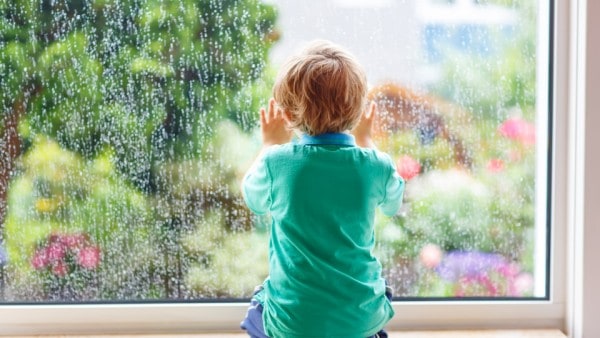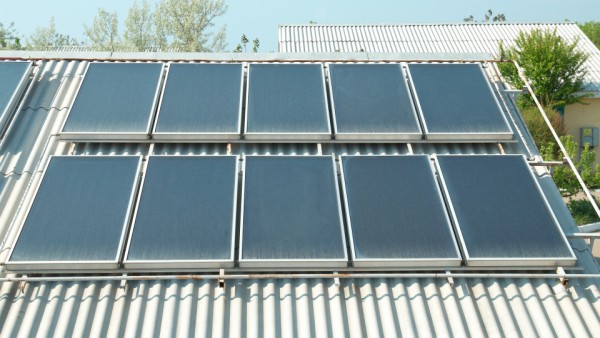The push towards sustainable living is everywhere and concepts in this space are becoming big business. It’s good to embrace environmentally sustainable ways of life, and a new home is a prime opportunity.
So, what’s out there and what types of products can you talk to your new home builder about to make your new home environmentally smarter than the average? There are plenty of options and many of them can be implemented easily without disrupting the building process.
Building a new home with a strong environmental conscience is becoming more of a priority for everyone, and so it should. The process can start before any earth has been turned because there are enviro-friendly options from the foundations up
- newhomesguide.com.au
Let’s take a look through some excellent sustainable ideas that you can use in your new home.
Building products
Even small new homes require a lot of materials to bring them to life. It is estimated that up to 40% of waste going into Australian landfill, is building and construction related.
You’ll live with the decisions you make about building materials for years to come. Not only do they affect the quality and comfort of your home, they can affect durability and ongoing maintenance too. So our top tip is to work with your builder to choose long-lasting, durable materials that don't need a lot of maintenance.
Framed
Once built, no one will ever see the frames of your home, so these will never be a visual design feature. The main thing is that the materials used for the frame are strong, structurally sound and will last for a long time. Frames built from engineered composite beams and joints are a great idea because they are stronger than natural timbers and can be made from fast-growing trees.
Steel framing is another alternative to natural timber that is extremely strong. Steel doesn’t use any trees at all and is 100% termite and pest-proof.
Sustainable Timber
Chances are, that even with a steel framed home, timber will feature in your new home’s DNA, so do whatever you can to use sustainable timber.
Basically, sustainable timber comes from trees that grow fast. Some trees used for sustainable timber can grow seven feet in a single year! When they are fast growing, we can grow more of them in plantations which then means our beautiful old forests will be logged less.
Look into FSC-certified (Forest Stewardship Council) timber or organic plantation pine treated with LOSP (light organic solvent preservative). There are also many plantation timbers that are fantastic for decking and composites made from sawdust and recycled plastic.
And there’s no need to worry about compromises because sustainable timber doesn’t sacrifice quality, strength, or appearance. You’ve got the flexibility to use sustainable timber structurally and as design features.
Insulation
Insulation, particularly in the roof, has a huge effect on the energy efficiency of your home, and therefore the sustainability rating too. Many insulation products are made from recycled and natural materials. You’ll find high performance insulation products produced from recycled newspapers and glass, volcanic rock, steel slag, wool and cotton.
Windows and doors
Windows are the biggest source of heat loss and heat entry in any home, so it’s worth paying attention to them. Up to 40% of the energy used to heat and cool your home can escape via the windows. This loss can be reduced by up to 80% with energy-efficient windows. Look for WERS (Window Energy Rating Scheme) rated windows to understand how well they keep heat in. And then the Cooling Star rating shows how well it stops heat from coming into the home. Some doors and skylights also have a WERS rating.
Choose windows and skylights that can be opened but will be airtight when closed. The highest rated WERS products will feature double glazing and a timber or insulated frame.
Efficient appliances
Building a new home gives us a great opportunity to install energy-efficient appliances. All appliances are clearly rated so you can see exactly how well they will perform. The position of appliances is also important to maximise efficiency in new kitchens and laundries. For example, it is best to position a washing machine or dishwasher as close as possible to the hot water service to minimise the loss of heat and energy through the pipes.



